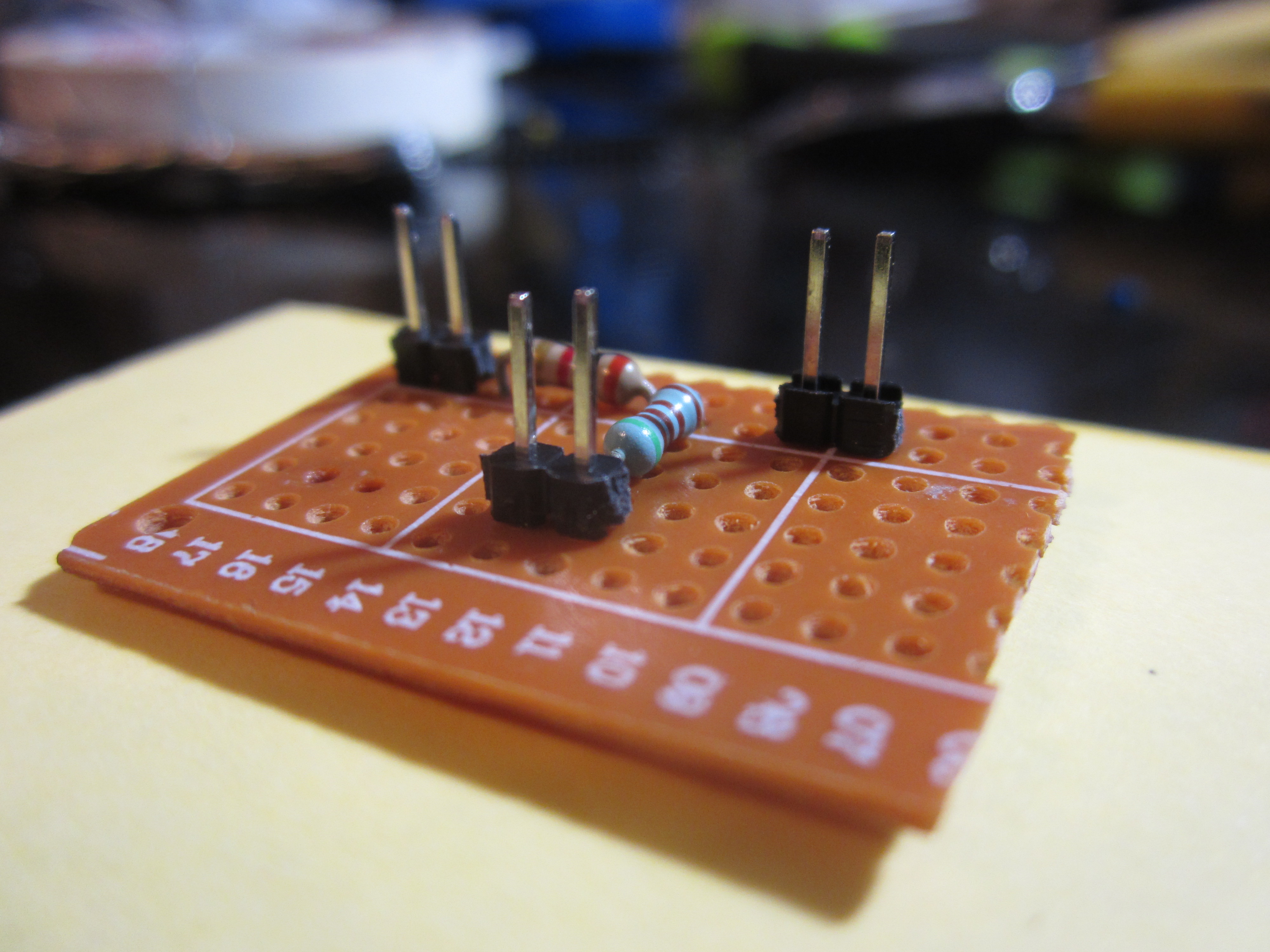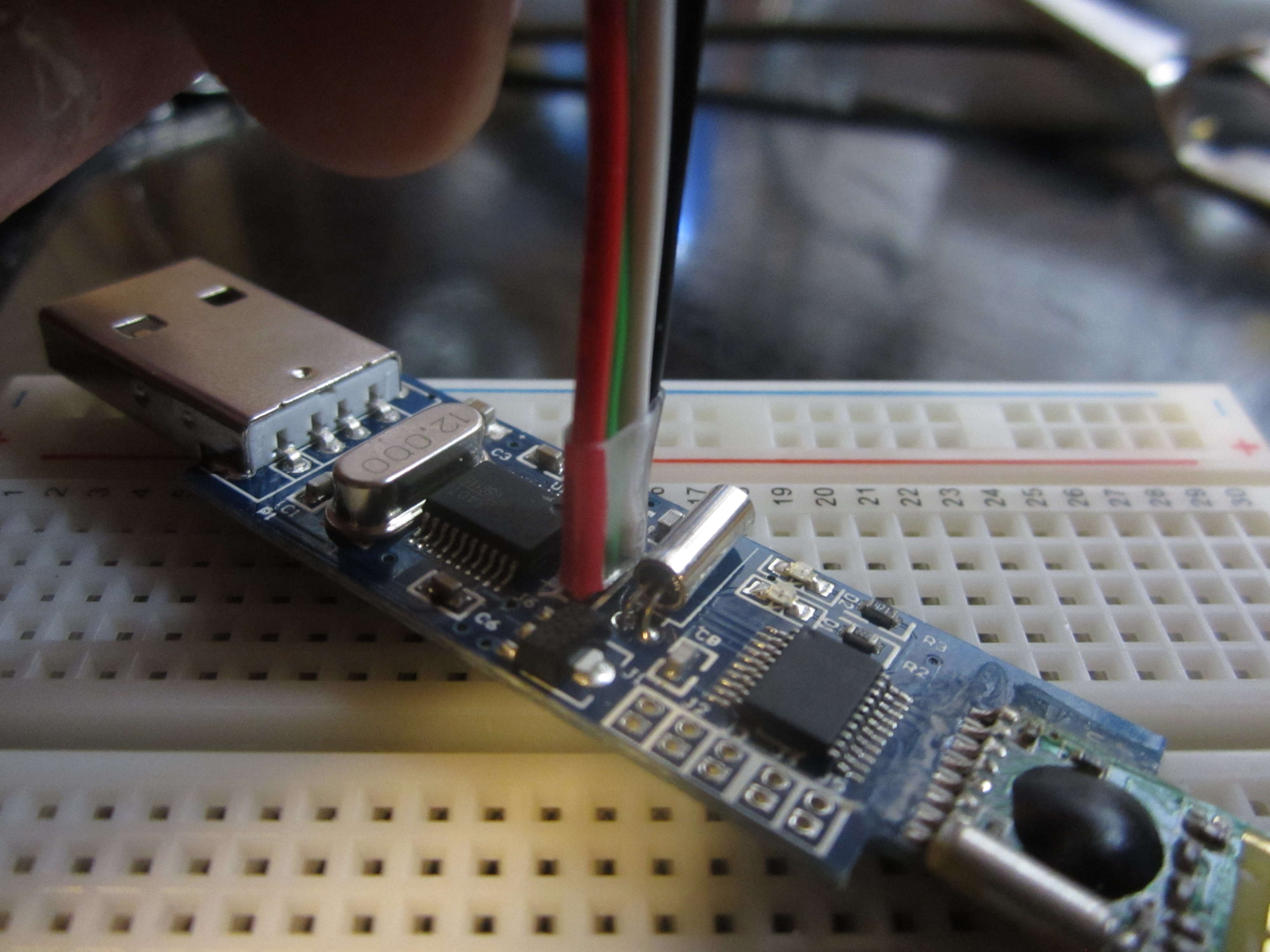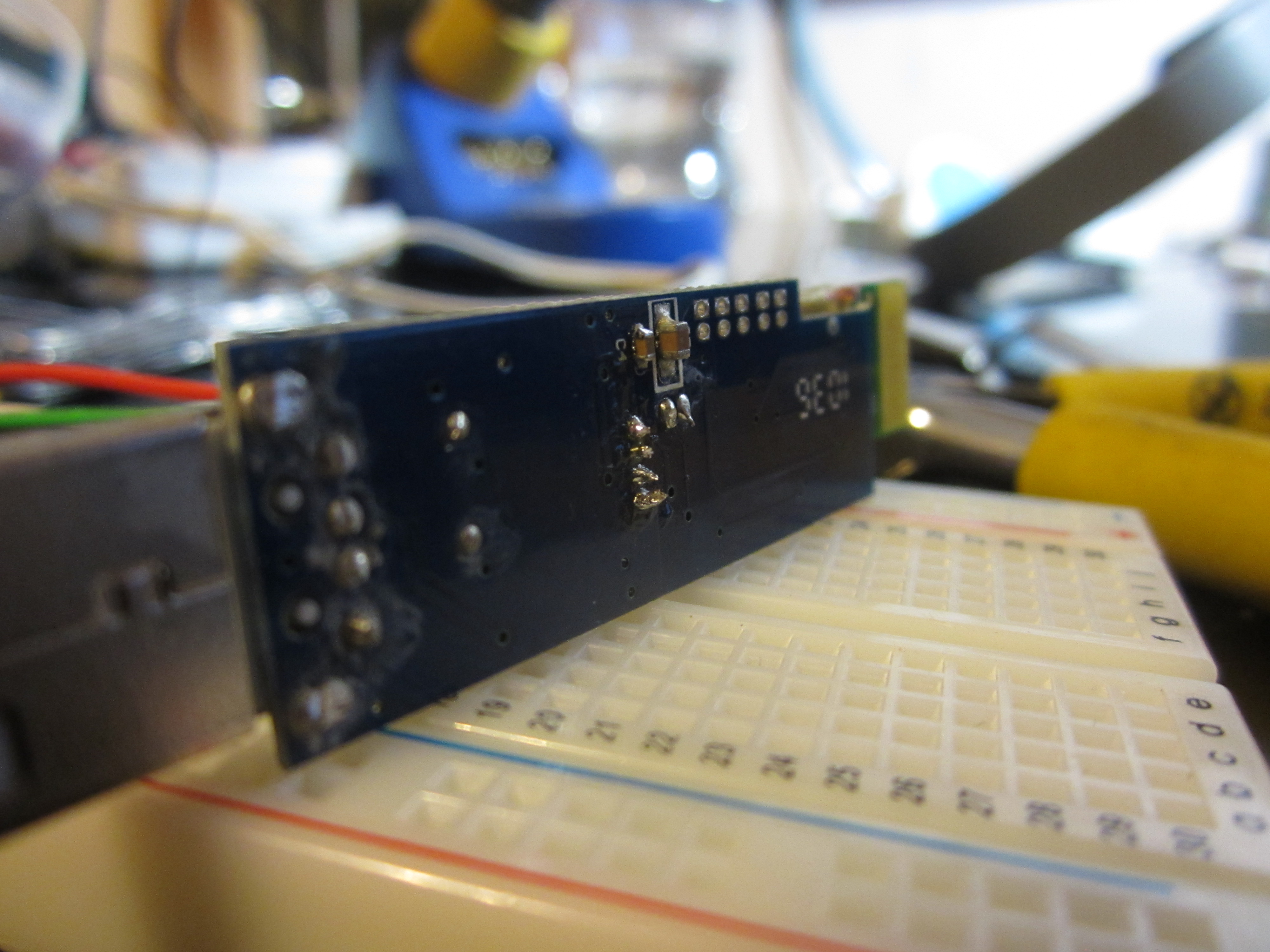Monday, December 21, 2015
new code, new rig
Sunday, December 20, 2015
some headway
my work over these days has been to learn how to engage multitasking on the Arduino stepping out into interrupts and timer functions in order to measure the data over a longer period or grab two data points and then create a smoothing effect over the light changes. or in other words to take value currentReading - pastReading and divide that difference into 8 steps of change (fading in or out).
Friday, December 18, 2015
diagrammatronics
i have been really busy with the code on this EEG project and it is not easy.when i really hit the wall but need to get something done i have been focusing on making sure I have good diagrams to repeat the process. here are some of my Fritzing drawings. Fritzing is an open source diagramming, visualization and PCB layout tool that originated from the Fachshochschule Potsdam. the tool is invaluable in mapping real world looks at breadboarding and i use it in class all the time to help my beginner students see the layouts.
as you can see it makes it very easy to replicate and is a great option for the PCB design/production



images of all three: visualization on breadbooard, PCB layout for production and diagramming
Thursday, December 17, 2015
Transmitters
i was reading a lot about the early microradio movement and getting tons of information from Tetsuo Kogawa's Polymorphous Space website. Here is a link to the famous Toward Polymorphous Radio.
in 2007 i built my first TV transmitter. i was able to transmit a picture across the room at the CADRE Laboratory reminiscent of Apollo Moon Landings video. i am reading Peter D'Agostino's anthology TRANSMISSION (Tanam, 1985)while at the Signal Culture research residency. i begun to wonder whether i should pick up this line of experiments again. as of today, there are only 7 nations that haven't really begun Analogue to Digital Switchover.
one of these is CUBA!! a really relevant place to be thinking about right now.


passing data from headset to NeoPixels
Wednesday, December 16, 2015
more images from Gernsback's work







new inspiration HUGO GERNSBACK
Sunday, December 13, 2015
some practice with the new rig
after my initial successes, i then rebuilt the demo with 8 LEDs and cleaned up the wiring to stabilize all the hardware and add additional response range. i practiced for the next couple of hours to develop some control over the system.
i am seriously impressed with the response can already trigger. i realize that this is a simple graphing of one metric in of the EEG profile, but i have already experienced several characteristics of the biofeedback system that are noteworthy.
- it is hard to hold it at a level for a long period of time. i assume this kind of mastery will come with more experience. i can already light the rig with more control after just two hours of practice.
- abstraction is helpful - ironically it is easier to concentrate on the video image of the LEDs and get an active response. i am not sure what is at play here exactly but i theorize that when i look at the actual LED array, i also need to visually process the surrounding world and thus distractions are more plentiful.
- biofeedback - any self imposed distractions (holding my body awkwardly, tensing up, straining, etc.) actually limits my control. it is very meditative. A musician friend made a conjecture that such feedback could help in voice training so people could monitor the tension in their bodies. Very Jedi indeed.
"Do or Do Not... There is no try. - Yoda to Luke on Dagobah."
POC - EEG linked control
i imported the code from the tutorial and had only one small serial method change to make in order to update it to Arduino 1.0. My adapted code here.
my next challenge was to pair the headset and receiver. after re-reading the original directions, i realized it was a simple order of operations problem. to pair one must start with both off (including the headset must not be worn yet). power up the receiver module and then power up the headset. you may then put the headset on the subject. anytime i did not follow those directions strictly the system wouldn't pair.
within minutes i could watch changes in the LED responses; i tracked changes to emotional and tension levels
Friday, December 11, 2015
lots of prep to get ready
sigh...
so i sucked it up ordered a piece or two from amazon prime and paid for next day shipping and I will have it tomorrow. i realized as i continued to read up on the reasons why the voltage needed reduction that i could simply build a voltage divider as the team from Make a Mind-Controlled Arduino Robot had done. this is a simple process where you pass the voltage across two resistors in series leading to fractional adjusted voltage.

there are tons of calculators on the web, i used this one today and this one in the past to make multi-voltage supplies.
this is what I ended up with. and it worked beautifully with R1 = 1.8kΩ and R2 = 3.3KΩ
i also soldered wires to the pin-outs on the transmitter/receiver. note the shrink tube on the bundle as a stress relief and careful soldering on bottom to prevent shorts/bridges.
a side adventure to the thrift shop
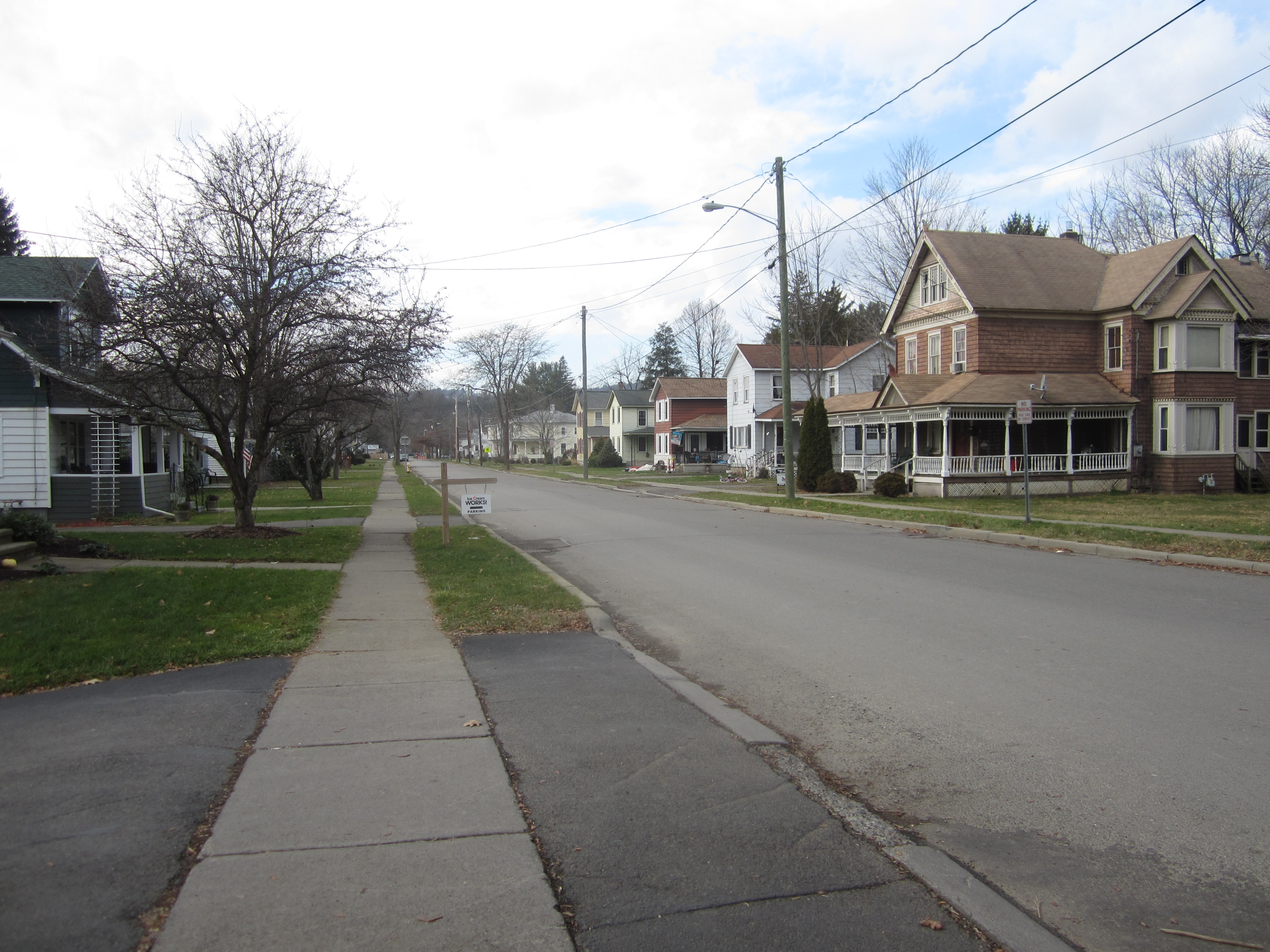
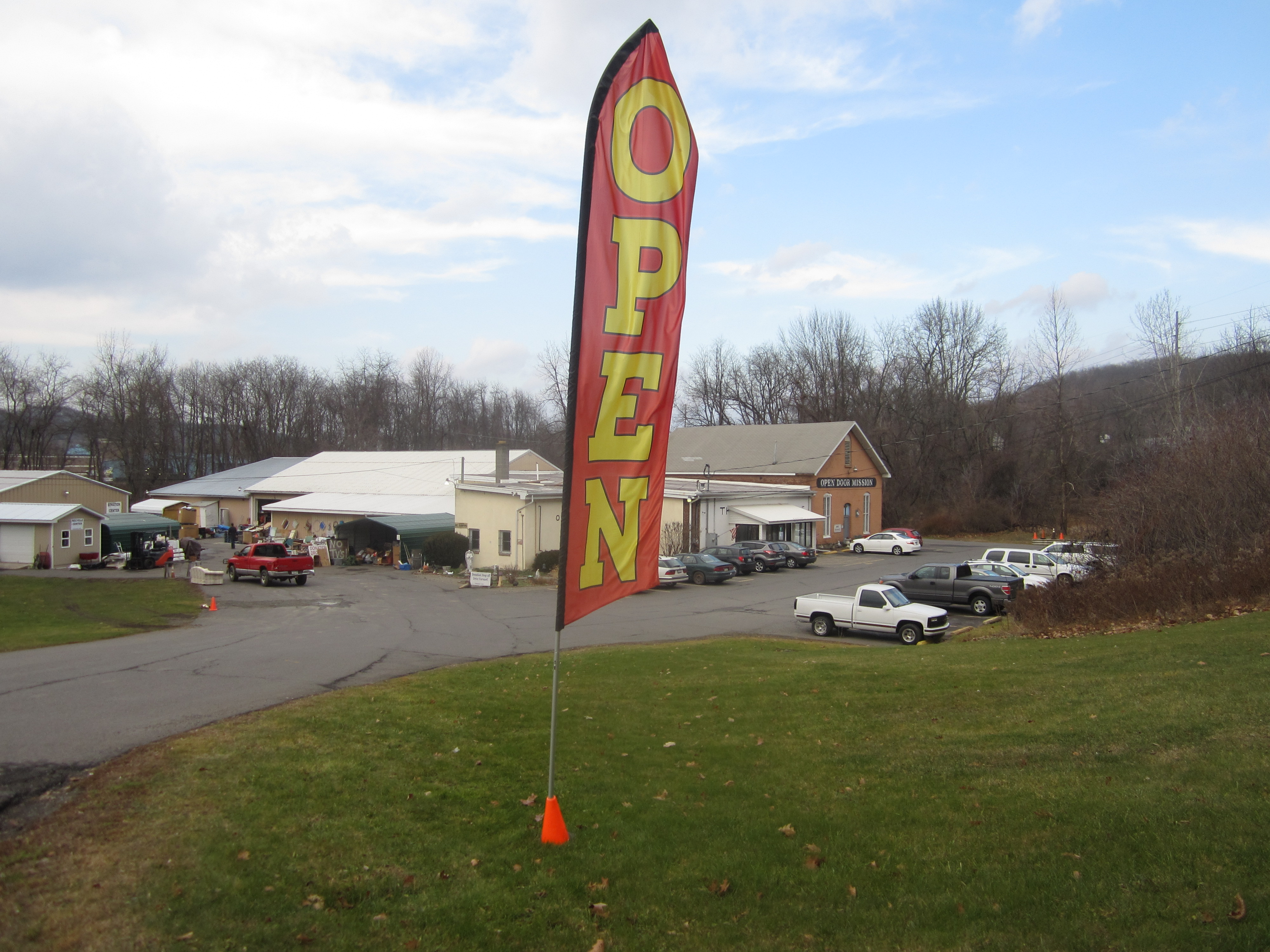
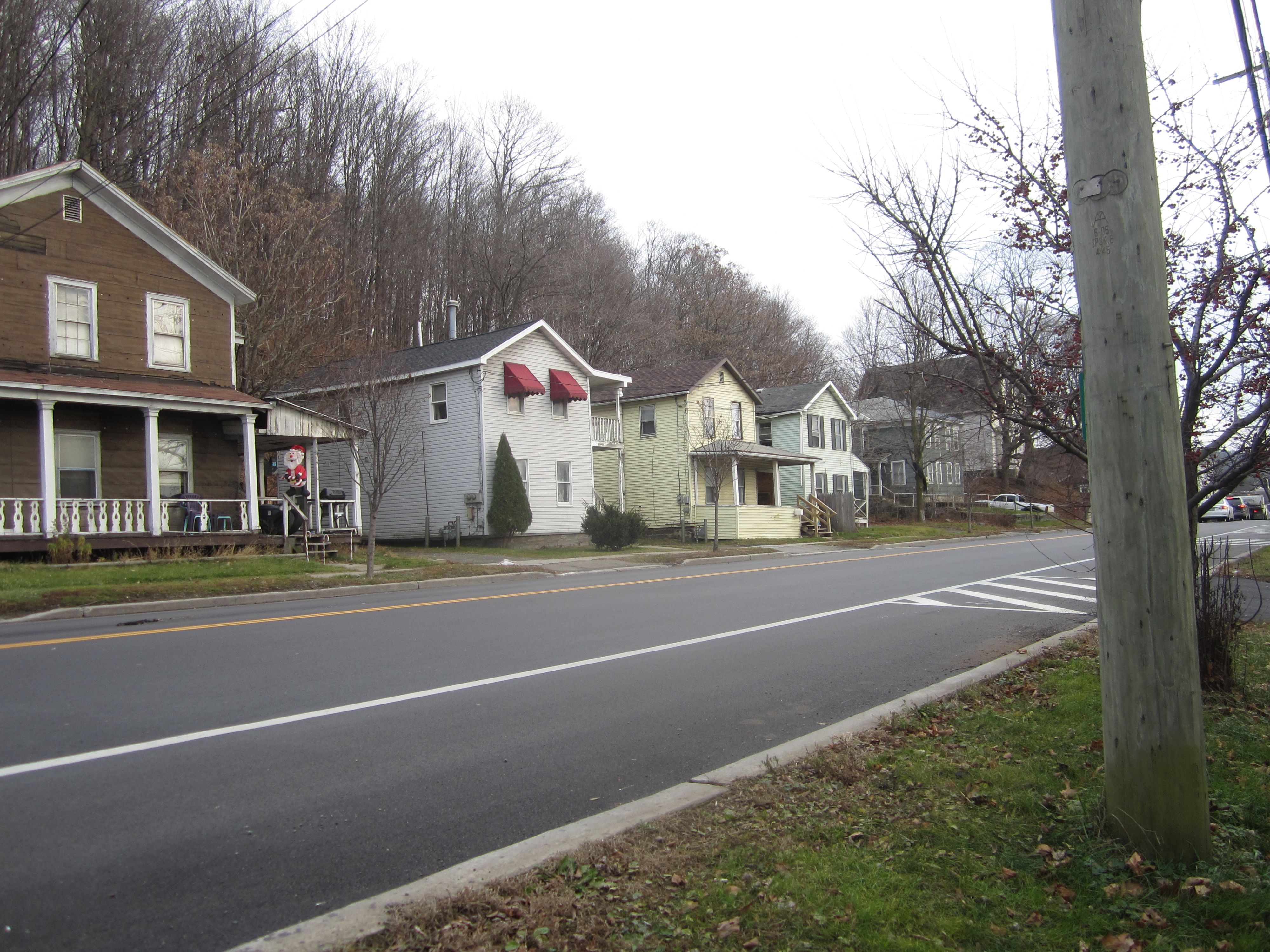


Thursday, December 10, 2015
really?? Owego?
Owego NY is the homeland of one of my great grandfather 4 generations ago. when i took up the residency offer, i had no idea. it wasn't until my uncle told me that it became very apparent. i actually have the facsimile of this ancestor Ephraim Lainhart. the Lainharts were Germans who immigrated/settled the Tioga County area and Upstate New York in the 1700's. Lainhart Road still exists today and is the home of a grass fed beef farm Twin Brook Farms.
early today before reporting to the residency, i rented a car and drove out to the site just to marvel at the ancestral lands. the country is a set of rolling hills and creeks, sparsely populated with wood frame multi-story farm houses, barns and a few lumber mills. i took these pictures today. that is the Lainhart family farmstead or at least the lands.
after i got to town, i went to the Visitors Bureau and they said that they think the Twin Brook Farms owner would probably be open to a visit. i am going to try to make sure i buy and cook a roast from them before i leave. how could i resist the urge
a residency at Signal Culture (Owego NY)
for the past 24 hours i have been in what is known as the Finger Lakes area of Upstate New York. several months ago my application for the residency program at Signal Culture was accepted. the program bring researchers and creative interested in experimental processes in art and media to the village of Owego to give time to work on a project. i was awarded a two week stay and i elected to come in between semesters.
over the next two weeks, i will be practicing/experimenting with using EEG (electroencephalogram) data as a systems control input. yep brainwaves to run name-your-choice-of-physical-hardware. last summer i proposed a theatrical project to enable two actors to run puppetry from their biometrics. that project wasn't picked up and the project was put on the shelf. i applied for the Signal Culture opportunity to give me time to open it once again.
today was a day to look around get my bearings, visit ancestral grounds and meet one of the principals in the project. Owego is a town on the banks of the Susquehanna River the are settled since the 1700's has the feeling of a Victorian era boom town built on lumber, farming, and industry. i am just getting familiar and I will tell you more as time goes along.Signal Culture is in a three story brick building on North Avenue, a main artery through the center of the village. for my time here, i have a spacious 400-500 sq. foot studio with tables, tools and equipment/components. a big bedroom and private bath attach to the studio. the kitchen, dining room/library are on the 3rd floor as a shared resource with the other residents and the founders of the program. i feel incredibly fortunate, and i am very grateful for the support of Signal Culture and the UWF Art Department who have made it possible for me to be here.




